- Home
- Instruments
- Gear
- Recording
- Lessons
- Reviews
- Blog
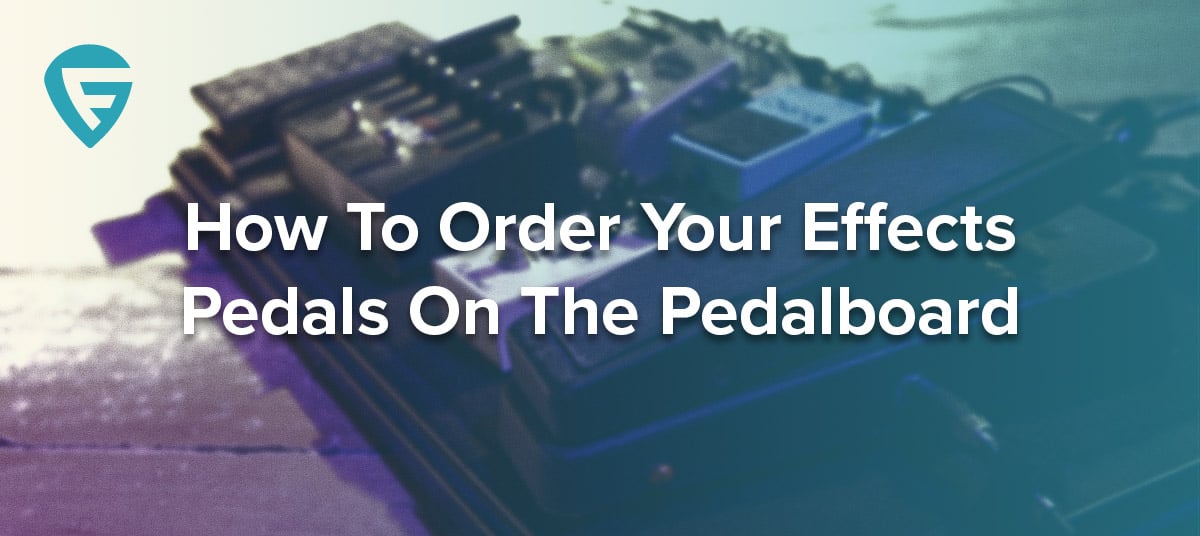
When you finally get a pedalboard, it's time to start installing your pedals. The order of effects pedals is more of an art than it is an exact science. It all comes down to personal taste, but there are some unwritten rules that you will probably want to follow.
Today we are going to discuss which pedal should go where, and how you should set up your pedalboard depending on its size and shape. If you are new to all of this, we will provide you with some basic information that will get you on the right path.
Before we go any further, we must state that there are many schools of thought when it comes to this. Some people prefer to do things one way, while others don't. What we are going to give you here is a basic order of pedals which you can then easily modify according to your own needs or taste.
With that said, the first pedal you will want in your signal chain is going to be a tuner. You want to put it as close to your guitar because it needs an unaltered signal to work properly. Since pedal tuners are not something everyone uses, we won't talk about them specifically, but they should definitely be first in your signal chain.
For further discussion, we invite you to check out our guide on How To Build Your Own Pedalboard.
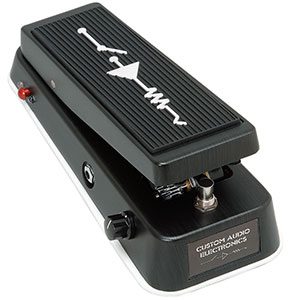 There are generally two places in the signal chain where you can place your wah pedals. At the beginning or after your distortion. The difference between these two positions is the color of the tone you get. The wah pedals work by cutting off certain parts of the frequency, which produces different results before the signal hits a distortion or after. When you put a wah before the distortion, it gives you a dirtier tone. After the distortion or overdrive, what's left of the frequency is much cleaner.
There are generally two places in the signal chain where you can place your wah pedals. At the beginning or after your distortion. The difference between these two positions is the color of the tone you get. The wah pedals work by cutting off certain parts of the frequency, which produces different results before the signal hits a distortion or after. When you put a wah before the distortion, it gives you a dirtier tone. After the distortion or overdrive, what's left of the frequency is much cleaner.
Compressors usually go before the distortion or overdrive. Their job is to shape the signal by normalizing its dynamic range. It provides a much more refined signal entering your distortion pedal, resulting in an overall tidier sound. Some guitar players put the compressor after the distortion, but achieving a decent tone with that setup takes some experimentation.
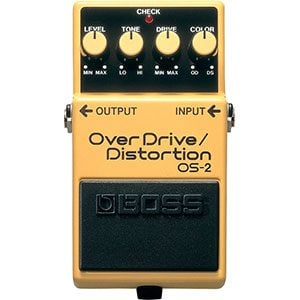 Up next are your distortions and overdrives. There's not really much to say about this. Which ones you choose depend on the style of music you play, but pretty much all Dist boxes will work fine at this point in the signal chain. You can move them around to see what kind of results you can get, but having them after a compressor is generally what most people do.
Up next are your distortions and overdrives. There's not really much to say about this. Which ones you choose depend on the style of music you play, but pretty much all Dist boxes will work fine at this point in the signal chain. You can move them around to see what kind of results you can get, but having them after a compressor is generally what most people do.
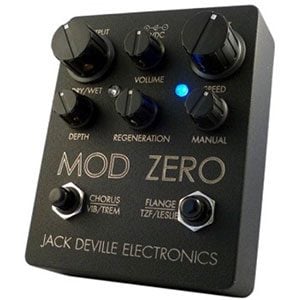 After you setup your distortion pedal, next thing in line would be some sort of modulation. This includes chorus, flanger, and similar pedals. If we take chorus as an example, the main reason why you want it after distortion is due to its very nature. Chorus pedals multiply the signal, so having it before the distortion would just create a muddy sound that is void of any clarity. Anything that affects the signal in this way should come after the distortion.
After you setup your distortion pedal, next thing in line would be some sort of modulation. This includes chorus, flanger, and similar pedals. If we take chorus as an example, the main reason why you want it after distortion is due to its very nature. Chorus pedals multiply the signal, so having it before the distortion would just create a muddy sound that is void of any clarity. Anything that affects the signal in this way should come after the distortion.
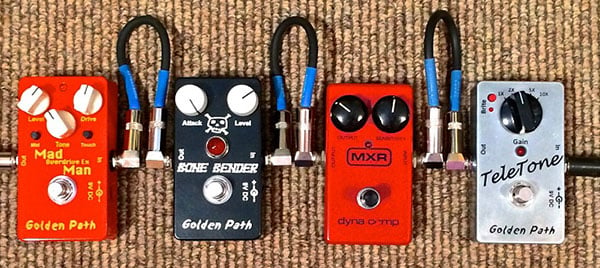
Lastly, we have the temporal effects pedals. These include delays, reverbs and similar. Since these pedals have a somewhat similar nature as the chorus effect in the sense that they copy the signal and repeat it, you usually put them at the very end of the signal chain.
This order of effects pedals is a very basic one. It's a great place to start, and once you figure out how everything works, you begin to move things around. Something you should keep in mind is the where you can mount your power supply on the pedalboard you have. If you have to mount it on top among your pedals, you will want to create a layout that puts the power supply somewhere where it won't get in the way.
The way you setup your signal chain can have a great impact on the type of tone you will get. Naturally, this also depends on the type of amp, and guitar you have, but it's still a major factor. The general recommendation is to start basic and start slow. Once you figure out what each pedal does to your signal, start playing with different positions and layouts. You will quickly find out what works best for you.
We hope you enjoyed this guide, feel free to subscribe to our newsletter, as well as like and comment this post if you're up for it.

Reader Interactions